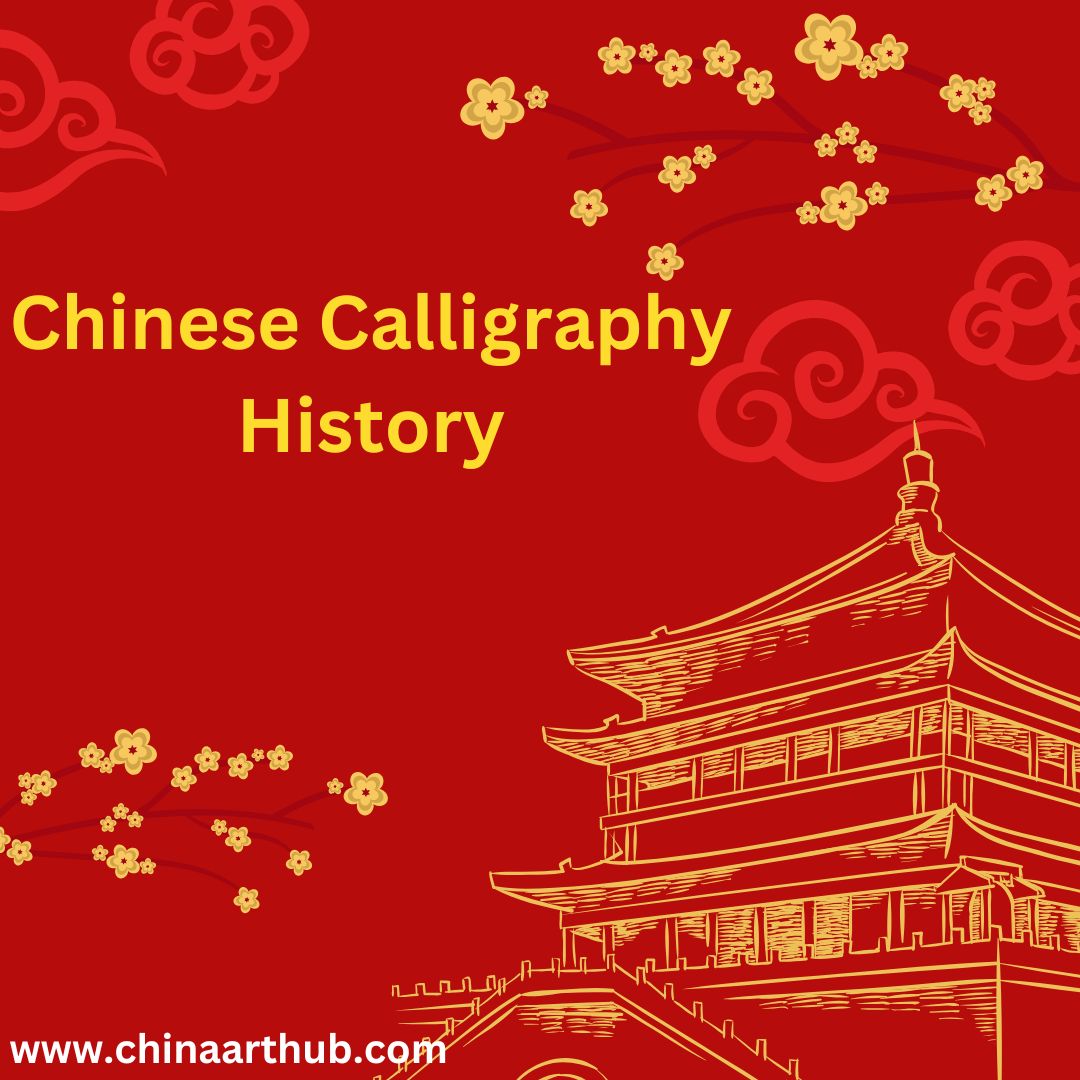Chinese calligraphy is not just a form of writing—it's an ancient visual art form deeply tied to Chinese identity, tradition, and philosophy. With roots stretching back over 3,000 years, the chinese calligraphy history reveals a continuous evolution of techniques, tools, and styles that mirror the growth of Chinese civilization itself. At China Art Hub, this timeless tradition is not only honored but made accessible to modern artists, students, and collectors worldwide.
The Origins of Chinese Calligraphy
The story of Chinese calligraphy begins with the oracle bone script used during the Shang Dynasty (circa 1600–1046 BCE). Early Chinese characters were etched onto animal bones and turtle shells to record divinations. These ancient inscriptions are the earliest known examples of Chinese writing and are considered the foundation of Chinese calligraphy.
By the time of the Zhou Dynasty, characters had become more standardized, evolving into the bronze script used in ceremonial vessels. This period laid the groundwork for the five major calligraphic scripts that are still practiced today.
Development Through Dynasties
Each Chinese dynasty contributed uniquely to the art form:
-
Qin Dynasty (221–206 BCE): The unification of China led to the creation of the Small Seal Script, which standardized writing across the empire.
-
Han Dynasty (206 BCE – 220 CE): The Clerical Script became prominent, making characters more angular and readable.
-
Jin and Tang Dynasties: The Cursive, Semi-Cursive, and Regular Scripts flourished, allowing for expressive and refined brushwork.
Famous calligraphers like Wang Xizhi of the Eastern Jin period revolutionized the aesthetics of calligraphy, treating each stroke as a personal and philosophical statement.
Cultural Significance
Chinese calligraphy is deeply connected to Confucian, Daoist, and Buddhist ideologies. More than an artistic exercise, it was long seen as a moral discipline, a form of spiritual cultivation. Scholars were judged not only by what they wrote but by how they wrote it.
In the imperial era, mastery of calligraphy was an essential skill for officials. Even today, calligraphy remains a respected art form, practiced for its beauty and meditative power.
China Art Hub: Bridging Tradition and Today
At China Art Hub, we’re passionate about continuing the legacy of Chinese calligraphy. Whether you’re a beginner looking for authentic brush sets or an experienced calligrapher searching for traditional ink and high-quality rice paper, our platform provides the tools and guidance to deepen your practice.
Our curated collections include:
-
Handmade brushes by skilled Chinese artisans
-
Traditional ink sticks and natural ink stones
-
Archival-grade calligraphy paper
-
Artworks and learning resources inspired by historical styles
By blending heritage with modern creativity, China Art Hub empowers artists around the world to explore, preserve, and evolve the ancient art of Chinese calligraphy.



